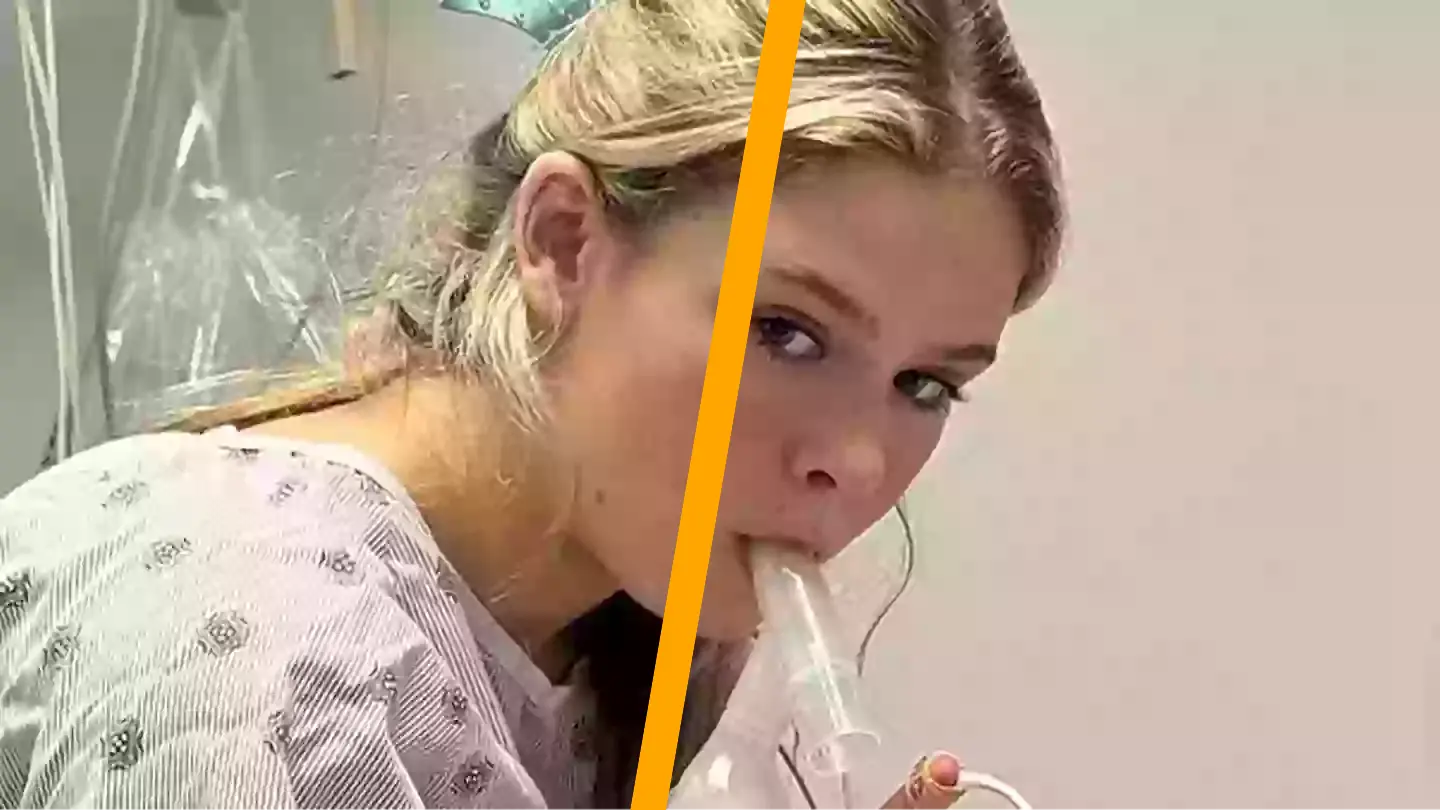A teenage girl experienced ‘popcorn lung’ symptoms after developing a vaping habit, prompting awareness of the condition’s signs.
Brianne Cullen, a resident of Henderson, Nevada, was diagnosed with bronchiolitis obliterans, commonly referred to as ‘popcorn lung,’ three years into her vaping journey that began when she was 14.
She contacted her mother in distress as she struggled for breath, leading to an emergency room visit. There, it was discovered she had scar tissue build-up in her lungs, obstructing airflow and resulting in the condition.
This condition, irreversible in nature, may also lead to future complications like cancer. To aid her, doctors provided Brianne with an inhaler to assist her breathing.
Bronchiolitis obliterans results from damage to the smallest airways in the lungs, causing symptoms such as coughing and shortness of breath.
WebMD explains that the nickname ‘popcorn lung’ originated because inhaling diacetyl, a chemical sometimes used to flavor microwave popcorn, can cause the disease.
In the US, diacetyl is also present in some electronic cigarette flavors, alongside acetaldehyde, another common cause of the condition.
Though anyone can develop popcorn lung due to infections or exposure to harmful substances, the disorder is rare.
The primary symptoms of popcorn lung usually appear between two weeks and two months after exposure to toxic gases or recovering from an illness.
WebMD identifies these main symptoms as:
Such symptoms tend to be more prominent during physical activities or strenuous work.
Additional signs of the condition include unexplained fatigue or wheezing without a present cold or asthma.
Cleveland Clinic indicates that fever, night sweats, or skin rash may also occur, although some individuals might not initially show any symptoms at all.
Despite the permanent damage caused by popcorn lung, several treatments exist to alleviate its effects.
Doctors may prescribe antibiotics or steroids to reduce inflammation or medications to slow the immune response, protecting the airways from further damage.
Specific treatments can also target coughs and relax the airways, making breathing easier.

